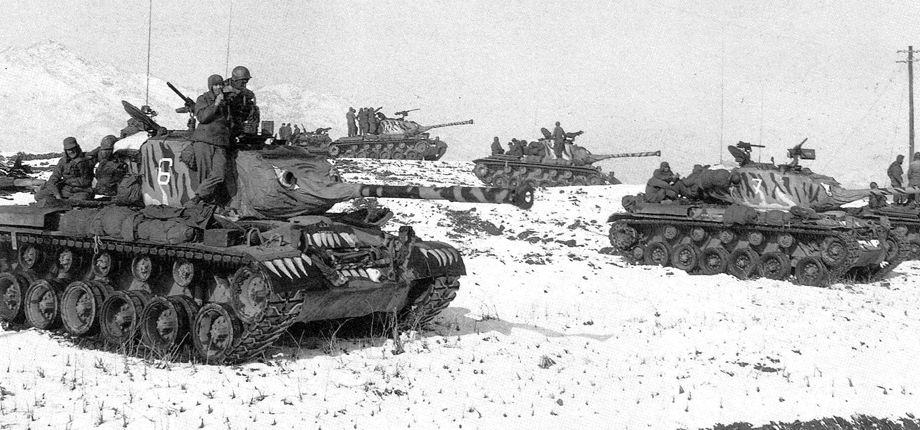
Stalemate
Korean PeninsulaFor the remainder of the war, the UN and the PVA/KPA fought but exchanged little territory, as the stalemate held. Large-scale bombing of North Korea continued, and protracted armistice negotiations began on 10 July 1951 at Kaesong, an ancient capital of Korea located in PVA/KPA held territory. On the Chinese side, Zhou Enlai directed peace talks, and Li Kenong and Qiao Guanghua headed the negotiation team. Combat continued while the belligerents negotiated; the goal of the UN forces was to recapture all of South Korea and to avoid losing territory. The PVA and the KPA attempted similar operations and later effected military and psychological operations in order to test the UN Command's resolve to continue the war. The two sides constantly traded artillery fire along the front, the UN forces possessing a large firepower advantage over the Chinese-led forces. For example, in the last three months of 1952 the UN fired 3,553,518 field gun shells and 2,569,941 mortar shells, while the Communists fired 377,782 field gun shells and 672,194 mortar shells: an overall 5.83:1 ratio in the UN's favor. The Communist insurgency, reinvigorated by North Korean support and scattered bands of KPA stragglers, also resurged in the south. In the autumn of 1951, Van Fleet ordered Major General Paik Sun-yup to break the back of guerrilla activity. From December 1951 to March 1952, ROK security forces claimed to have killed 11,090 partisans and sympathizers and captured 9,916 more.
Ask Herodotus
HistoryMaps Shop

Heroes of the American Revolution Painting
Explore the rich history of the American Revolution through this captivating painting of the Continental Army. Perfect for history enthusiasts and art collectors, this piece brings to life the bravery and struggles of early American soldiers.








